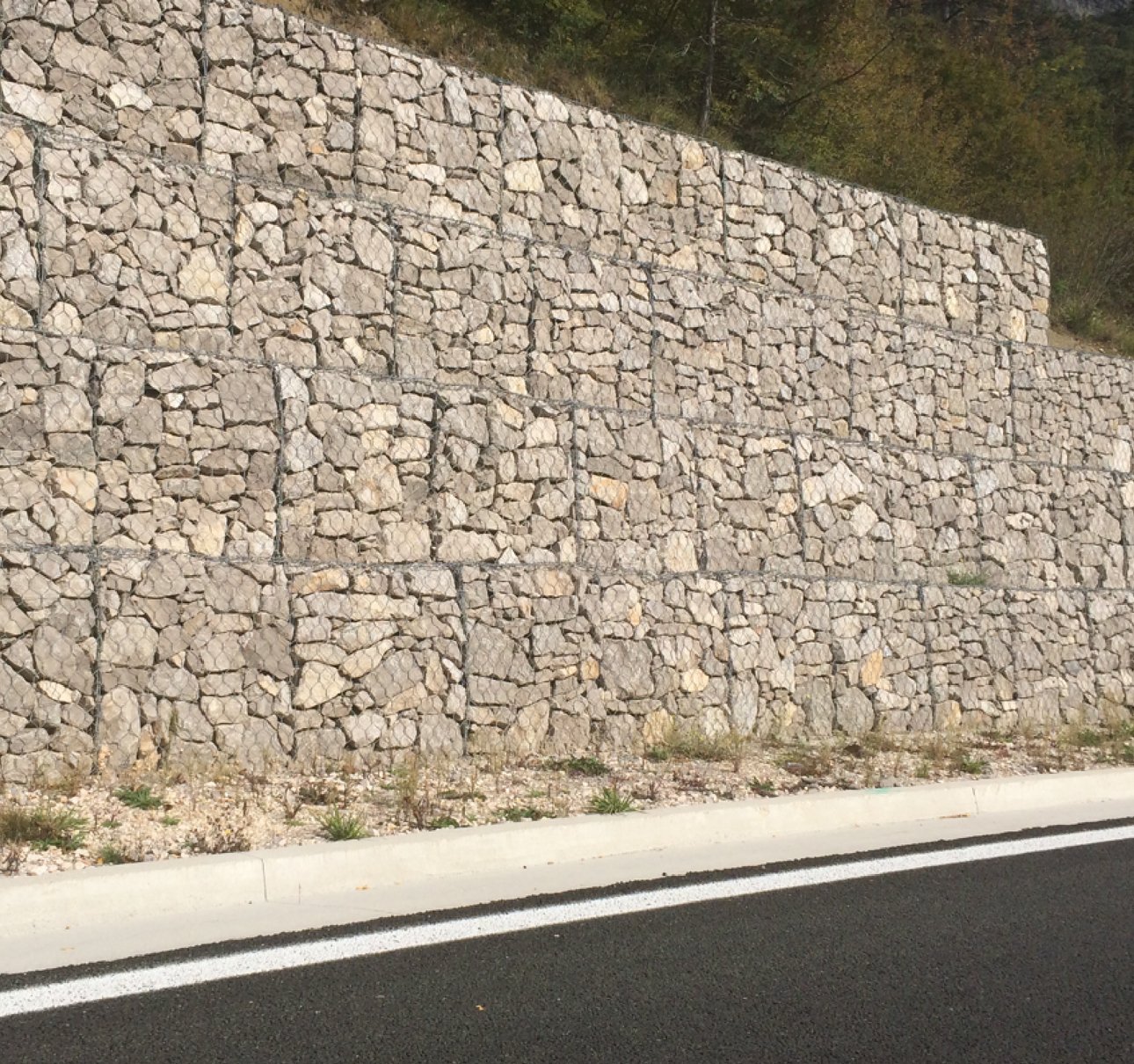Slope stabilisation is an essential element of infrastructure and construction projects. Whether it's along major transport routes, housing developmen
Slope stabilisation is an essential element of infrastructure and construction projects. Whether it’s along major transport routes, housing developments on hilly terrain or infrastructure in mining and industrial sectors, stabilising slopes allows engineers to unlock previously unusable land while ensuring long-term stability and safety.
Unstable slopes pose a significant risk to infrastructure and the environment. Heavy rainfall, poor soil cohesion, excavation activities or vibration from machinery can cause landslides or surface erosion. This can delay projects and in severe cases lead to structural failure and loss of life. Stabilisation measures not only mitigate these risks but also enable developers to safely use valuable land that might otherwise be discarded or remain underutilised.
From a purely cost perspective the stabilisation of a slope often outweighs the cost of redesigning a development or relocating infrastructure. With rising land costs in urban areas building safely on sloped ground becomes a strategic necessity. A wide range of techniques is available depending on soil type, slope angle, water content and the specific engineering requirements.
Among the most widely used methods in South Africa are:
• Gabion Baskets: Wire mesh baskets filled with rock, gabions are particularly effective for preventing erosion and stabilising riverbanks, road embankments and cuttings. They allow water drainage and blend well with the environment over time. Leading suppliers such as Maccaferri and Gabion Baskets (Pty) Ltd provide both the materials and design support for these systems.
• Precast Concrete Panels and Retaining Blocks: Systems such as Terraforce’s interlocking retaining wall blocks are well-suited to landscaping, road support, and terrace creation. The advantage of these systems lies in their flexibility, ease of installation and aesthetic appeal. Terraforce products are used extensively by landscapers and civil engineers across the country often in conjunction with geosynthetics for added stability.
• Soil Nailing and Rock Bolting: These methods involve inserting steel rods into slopes to create a reinforcing grid. Used in both soft and hard rock applications, they are often combined with mesh and sprayed concrete. Companies such as SRK Consulting and GeoGroup offer geotechnical investigations and installation services for bolting and soil nailing projects.
• Gunnite (Shotcrete): Applying concrete via high-pressure hoses creates a strong, seamless layer that stabilises loose slopes or rock faces. Often used in mining and road construction, gunnite is typically applied in combination with mesh or bolts. Specialist contractors such as Mineshot and Guncrete Africa deliver turnkey solutions for sprayed concrete applications.
• Geosynthetics and Erosion Control Fabrics: Geotextiles, geogrids and drainage composites are commonly used in combination with other stabilisation methods to reinforce soil and manage water flow. Kaytech and Geofabrics Australasia are prominent suppliers in South Africa, offering a wide range of technical fabrics and on-site guidance.
A key factor in successful slope stabilisation lies in proper geotechnical investigation and engineering design. Integrated solutions combining structural and natural elements such as retaining walls with vegetative cover are increasingly preferred for sustainability and visual appeal.
Specialist contractors like Stefanutti Stocks Geotechnical, Geopile Africa and GCS (Geotechnical Consulting Services) bring together technology and local knowledge to implement complex stabilisation systems under varied geological conditions.
From residential developments in KwaZulu-Natal’s hilly coastal zones to transport corridors through the mountainous Western Cape, slope stabilisation allows for expanded land use, reduced environmental impact and safer construction. With proper design the economic returns of stabilising a marginal slope far outweigh the investment and turns risky terrain into prime development land.
Slope stabilisation will only grow in importance as urbanisation intensifies. Engineers and developers alike are encouraged to work with experienced geotechnical professionals and rely on proven technologies and materials to ensure long-term success.

